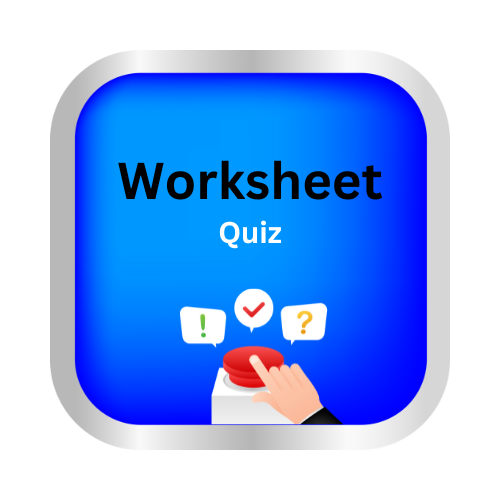Area of compound figures
key points :
📘 Compound Figure
- A compound figure (or composite shape) is a shape made up of two or more simple shapes.
Example: Rectangle + Triangle, Square + Circle, etc.
🧩 Break Into Simple Shapes
- To find the area easily, split the compound figure into simple shapes you already know:
✅ Square
✅ Rectangle
✅ Triangle
✅ Circle (if given)
📐 Area Formulas You Must Know
| Shape | Formula | Emoji |
|---|---|---|
| ⬛ Rectangle | Area = Length × Breadth | 📏×📏 |
| ◼️ Square | Area = Side × Side | 🔲 |
| 🔺 Triangle | Area = ½ × Base × Height | ✖️➗2 |
| ⚪ Circle* | Area = π × r² (use only if required at grade level) | 🔵 |
💡 Add or Subtract Areas
- If shapes are joined, add their areas ➕
- If a part is cut out, subtract the removed area ➖
🔍 Steps to Find the Area of a Compound Figure
1️⃣ Split the figure into smaller known shapes 🧩
2️⃣ Label the lengths clearly ✍️
3️⃣ Write formula for each shape 📘
4️⃣ Find area of each part 🔢
5️⃣ Add or subtract the areas to get the total area ✅
🎯 Important Tips
✨ Convert all units to the same unit before calculation (cm, m).
✨ The final answer should be in square units (cm², m²).
✨ Draw lines to separate shapes if needed—this makes the problem easier! ✏️📏
🌈 Example (Simple)
A figure is made of:
📍 1 rectangle + 1 triangle
➡️ Find area of rectangle
➡️ Find area of triangle
➡️ Add them to get the total area 🎉
✅ Remember!
- Compound = Many Shapes Combined 🧩
- Area means the space inside a shape 🌍
- Use formulas + addition/subtraction to find the total area 🧮
Learn with an example
👉 What is the area of this figure?
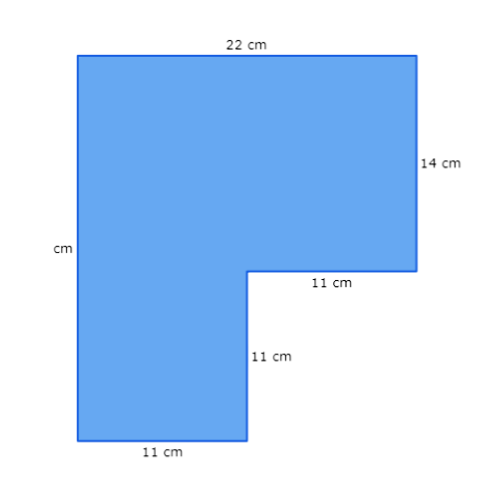
__________ square centimetres
- Divide the figure into rectangles:
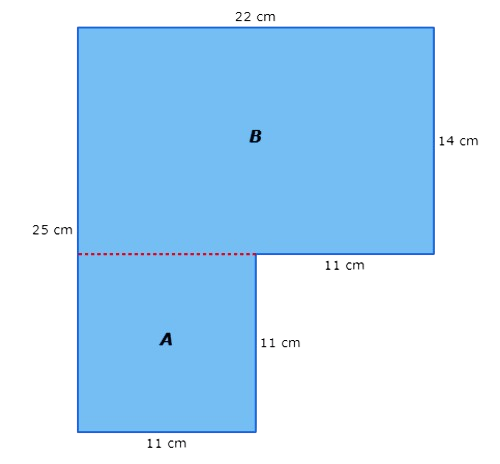
- Start with rectangle A. Rectangle A is 11 centimetres wide and 11 centimetres tall.
- Multiply: 1111=121
- The area of rectangle A is 121 cm2.
- Look at rectangle B. Rectangle B is 22 centimetres wide and 14 centimetres tall.
- Multiply: 2214=308
- The area of rectangle B is 308 cm2.
- Now add the areas of the two rectangles:
- 121 cm2+308 cm2=429 cm2
- The area is 429 square centimetres.
👉 What is the area of this figure?
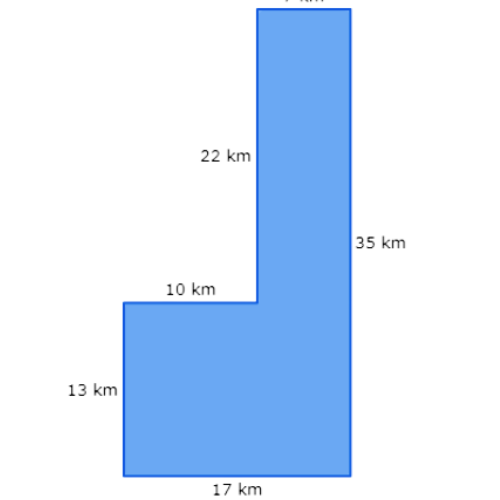
_________square kilometres
- Divide the figure into rectangles:
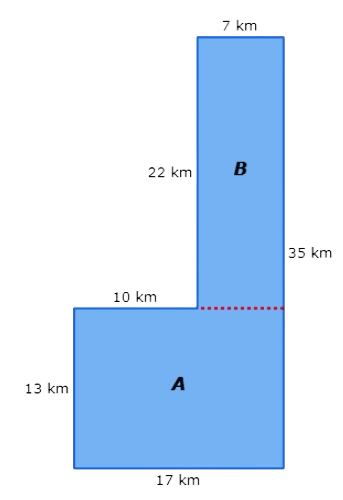
- Start with rectangle A. Rectangle A is 17 kilometres wide and 13 kilometres tall.
- Multiply: 1713=221
- The area of rectangle A is 221 km2.
- Look at rectangle B. Rectangle B is 7 kilometres wide and 22 kilometres tall.
- Multiply: 722=154
- The area of rectangle B is 154 km2.
- Now add the areas of the two rectangles:
- 221 km2+154 km2=375 km2
- The area is 375 square kilometres.
👉 What is the area of this figure?
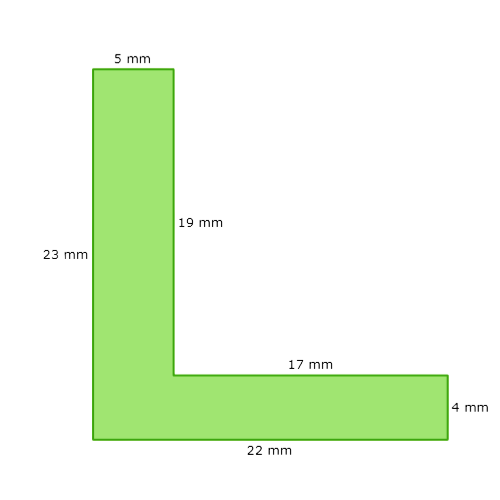
___________square millimetres
- Divide the figure into rectangles:
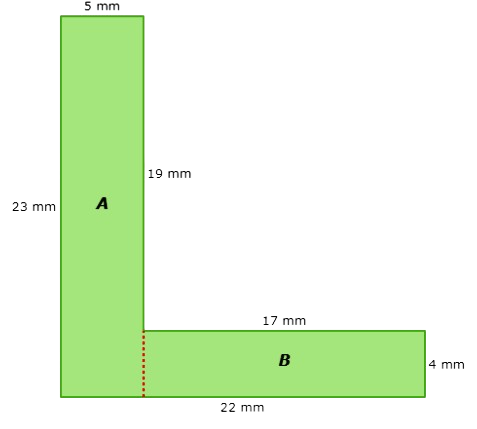
- Start with rectangle A. Rectangle A is 5 millimetres wide and 23 millimetres tall.
- Multiply: 523=115
- The area of rectangle A is 115 mm2.
- Look at rectangle B. Rectangle B is 17 millimetres wide and 4 millimetres tall.
- Multiply: 174=68
- The area of rectangle B is 68 mm2.
- Now add the areas of the two rectangles:
- 115 mm2+68 mm2=183 mm2
- The area is 183 square millimetres.
Let’s practice!🖊️

